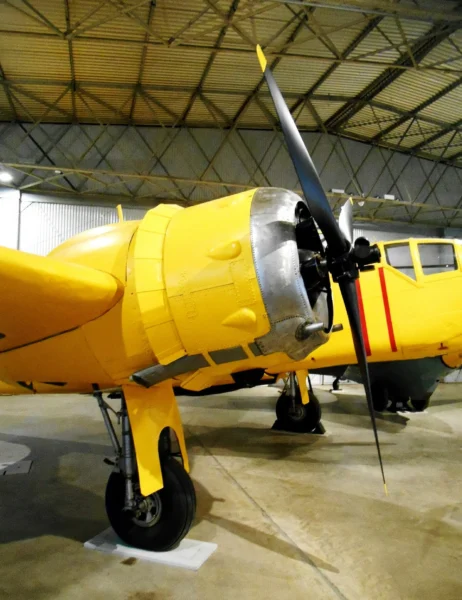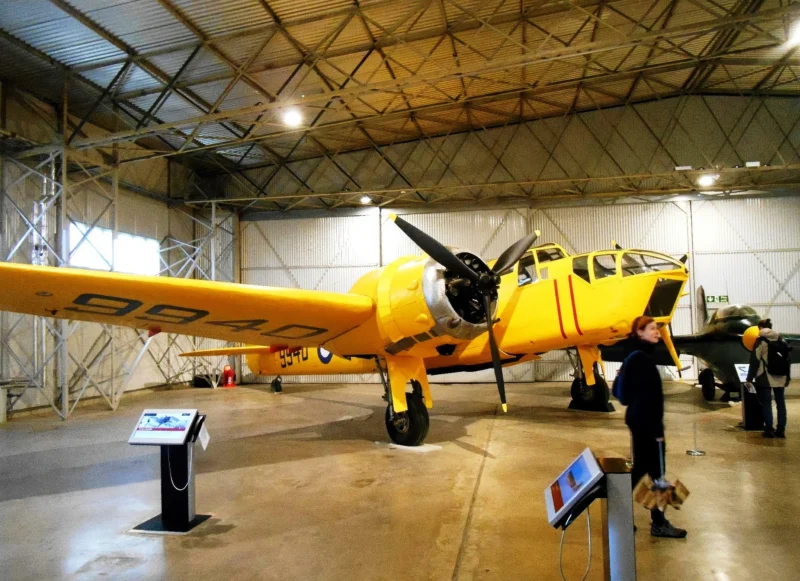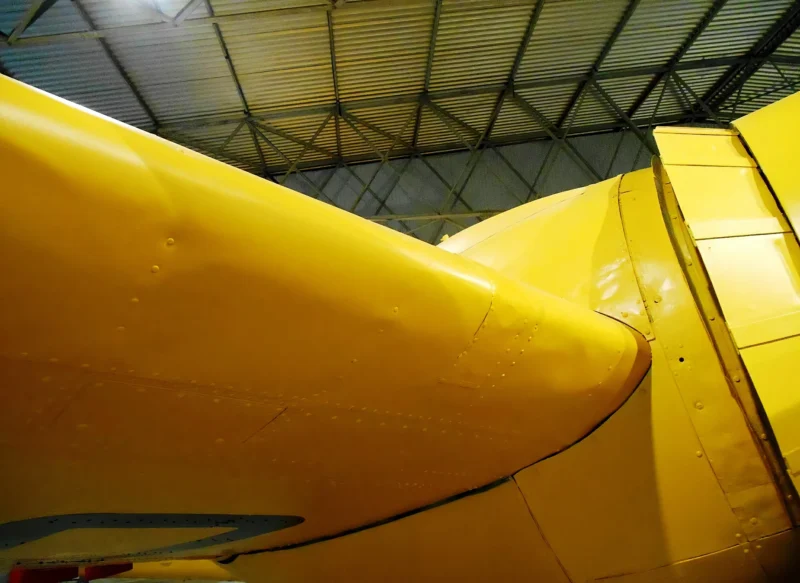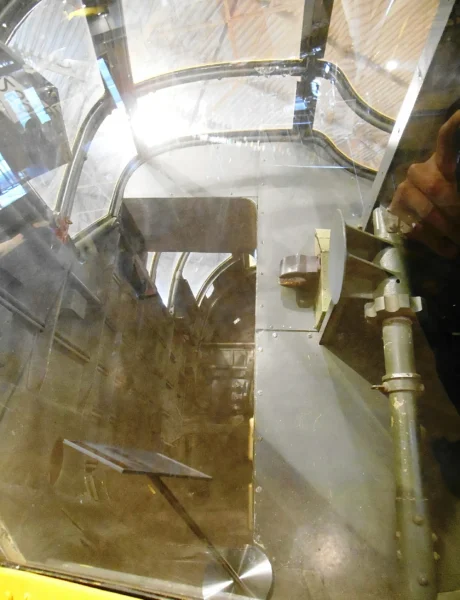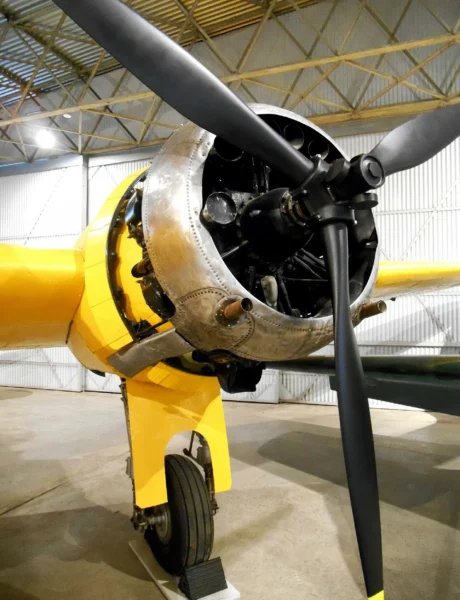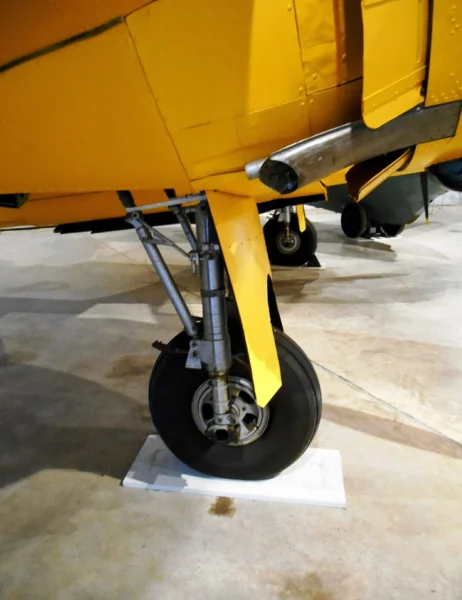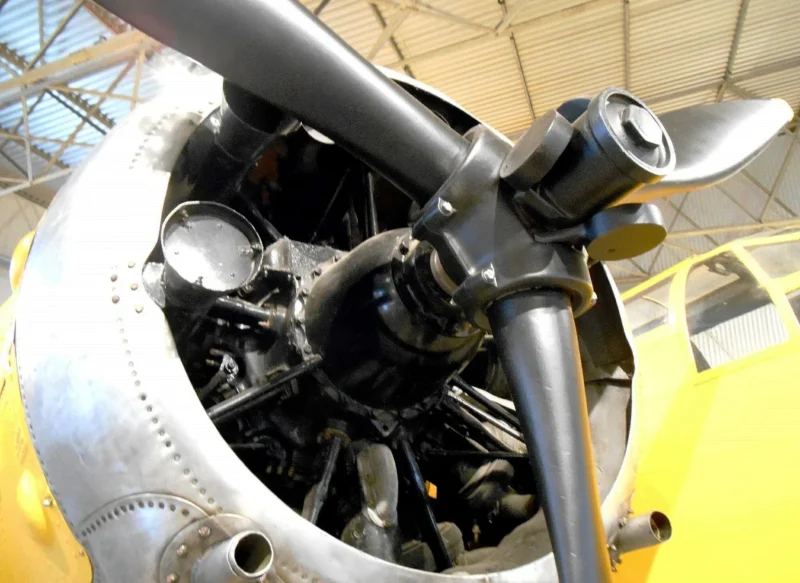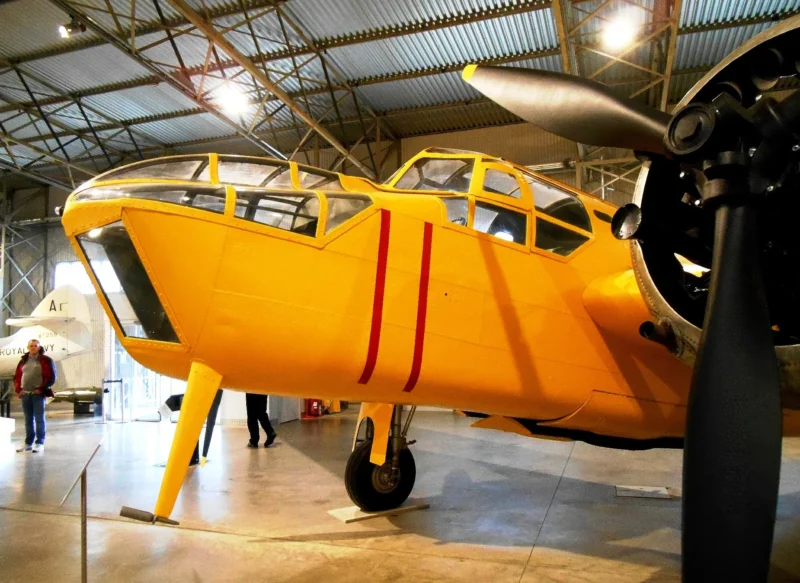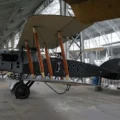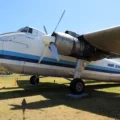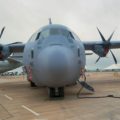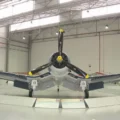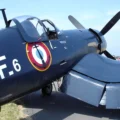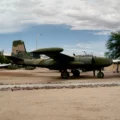
Bristol Beaufort | |
|---|---|
| Country | UK |
| Role | Maritime patrol aircraft/trainer |
| First flight | 14 September 1939 |
| Built | 626 |
The Bristol Fairchild Bolingbroke is a maritime patrol aircraft and trainer used by the Royal Canadian Air Force during the Second World War. Built by Fairchild-Canada, it was a license-built version of the Bristol Blenheim Mk IV bomber.
Source: Bristol Beaufort on Wikipedia
| Bristol Bolingbroke Mk.IVT Walk Around | |
|---|---|
| Photographer | Ondrej Skarka |
| Localisation | Unknow |
| Photos | 29 |
See also:
General Characteristics (Fairchild-Canada Mk IV Variant)
The Bristol Bolingbroke was a Canadian license-built version of the British Bristol Blenheim Mk IV light bomber/maritime patrol aircraft. Built by Fairchild-Canada, it was adapted to meet the Royal Canadian Air Force (RCAF) requirement for a coastal reconnaissance and anti-submarine aircraft. It features a lengthened nose compared to the Blenheim I for improved bombardier space and pilot visibility.
| Property | Typical Value (Bolingbroke Mk IV) |
|---|---|
| Role | Maritime Patrol / Advanced Trainer / Target Tug |
| Manufacturer | Fairchild Aircraft Ltd. (Canada) |
| First Flight (Canadian-Built) | September 14, 1939 |
| Crew | 3 (Pilot, Navigator/Bombardier, Wireless Operator/Gunner) |
| Length | 13.03 m (42 ft 9 in) |
| Wingspan | 17.17 m (56 ft 4 in) |
| Max Takeoff Weight | 6,532 kg (14,400 lb) |
Design and Powerplant
- Engines: Two Bristol Mercury XV 9-cylinder air-cooled radial piston engines.
- Power Output (each): Approximately 690 kW (925 hp) at take-off.
- Construction: One of the first all-metal, stressed-skin aircraft built in Canada.
- Variants: The most common production variant was the **Mk IV**, fitted with Canadian and American instruments. The **Mk IVT** was the primary multi-purpose trainer used extensively in the British Commonwealth Air Training Plan (BCATP).
- Naval Adaptation: Equipped with anti-icing boots and a dinghy for maritime operations.
Performance and Armament
- Maximum Speed: Up to 428 km/h (266 mph, 231 knots) at altitude.
- Cruise Speed: Approximately 319 km/h (198 mph).
- Service Ceiling: 8,310 m (27,260 ft).
- Range: 2,350 km (1,460 miles) with a 454 kg (1,000 lb) bombload.
- Fixed Armament: Typically one .303 in (7.7 mm) Browning machine gun in the port wing.
- Defensive Armament:
- Dorsal Turret: One or two .303 in (7.7 mm) machine guns (in a semi-retractable turret).
- Nose/Chin: Some variants carried a forward-firing or rear-firing gun in a blister/fairing.
- Bomb Load: Up to 540 kg (1,200 lb) internally, including general-purpose bombs and depth charges for anti-submarine missions.
Views : 484
